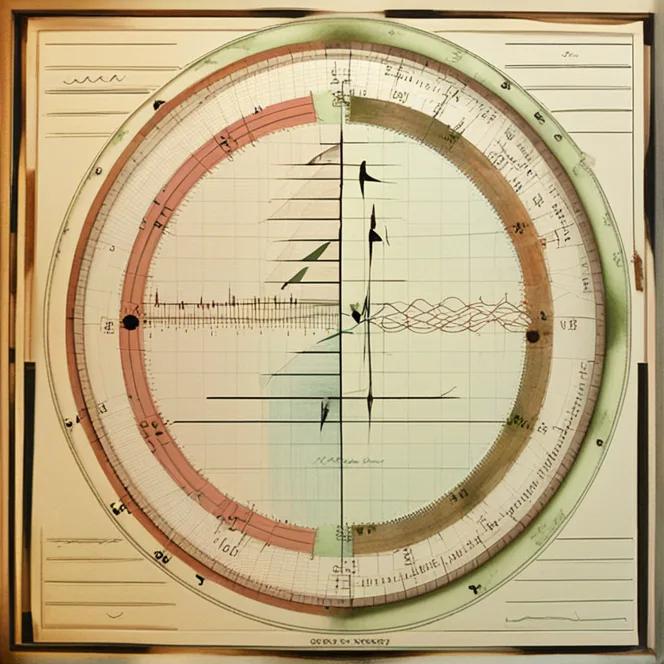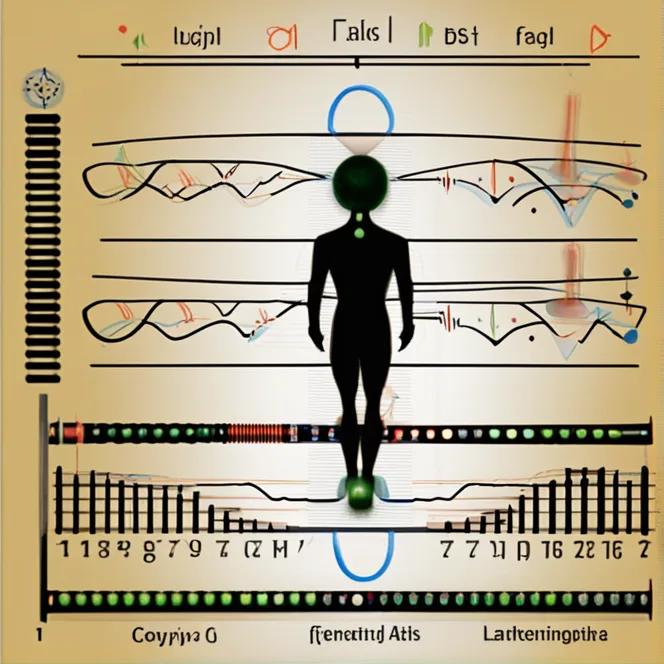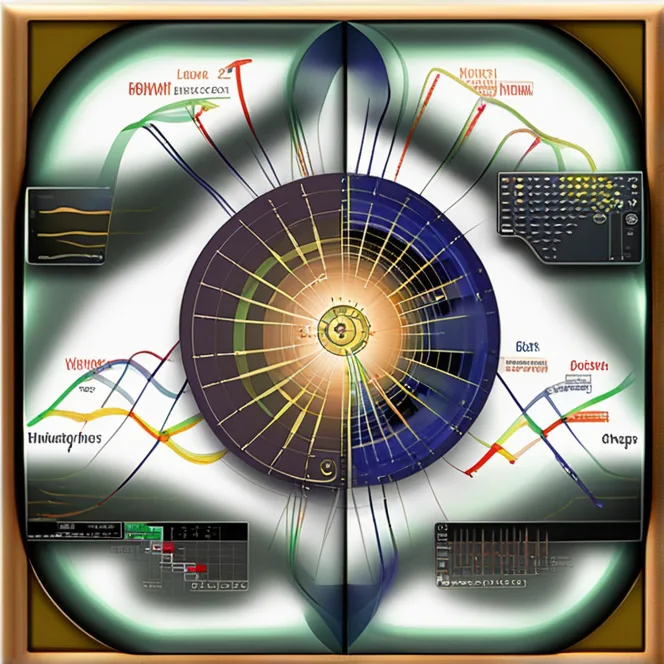
Understanding Biorhythms Today
Explore the concept of biorhythms and discover how they influence our day-to-day life and well-being in this insightful guide.
article by Adrian Wallace
Biorhythms are an intriguing aspect of human life that suggest our daily performances in various fields are influenced by natural cycles within our bodies. Historically, the biorhythm theory posits the existence of three primary cycles: a 23-day physical cycle, a 28-day emotional cycle, and a 33-day intellectual cycle. These cycles begin at birth and oscillate in positive and negative phases throughout our lives. The belief is that by understanding and tracking these rhythms, individuals can anticipate their peak performance days as well as their more challenging ones. In the 21st century, this concept has gained renewed interest, with technology allowing for easier tracking and analysis of personal biorhythms.

The Science Behind Biorhythms
The idea of biorhythms was first introduced in the late 19th century, reaching peak popularity in the 1970s. While scientific opinions on biorhythms range from skeptical to supportive, the fascination persists amongst those who seek a better understanding of their physical and mental patterns. Each of the three primary cycles is said to influence aspects of our lives. For example, the physical cycle affects stamina and coordination, the emotional cycle governs mood and creativity, and the intellectual cycle impacts cognitive functions and logic. Despite the mixed reception in the scientific community, the study of biorhythms continues to be a topic of interest, particularly in alternative medicine and self-help communities.

Tracking Your Biorhythms
In today's digital age, tracking one's biorhythms has become more accessible than ever. With various applications and online tools, individuals can input their birth dates and receive detailed charts that plot the highs and lows of their physiological, emotional, and intellectual cycles. Many users claim that by doing so, they can better plan activities, optimize performance, and prepare for periods of low energy or turbulence. While it's essential to approach biorhythm charts with a level of critical thinking, they can serve as a self-reflective tool for examining one’s own patterns and tendencies.
Potential Benefits and Skepticism
Adherents to biorhythm theory often report enhanced self-awareness and life management. By aligning activities with their natural cycles, they aim to undertake critical tasks during high phases and rest during low phases. Skeptics, however, argue that there is a lack of empirical evidence supporting the predictable and deterministic nature of these cycles. Critics also point to the placebo effect and confirmation bias as explanations for why some individuals swear by their accuracy. Nevertheless, even in the absence of mainstream scientific backing, the personal anecdotes of improved life quality keep the biorhythm concept alive and well in popular culture.

Biorhythms in Modern Lifestyle
The resurgence of interest in biorhythms aligns with broader trends in health and wellness, where people seek personalized strategies for optimizing their lifestyle. As we become more connected with our biometric data through wearable technology, biorhythms may find a new place within the quantified self-movement. This integration would allow for more nuanced approaches to personal health and productivity, potentially bridging the gap between alternative beliefs and actionable data. Emphasis on individual experience and subjective validation remains at the heart of the biorhythm conversation today.
The Future of Biorhythms
As explorations continue into the myriad ways that natural cycles affect our lives, from sleep patterns to seasonal mood variations, biorhythms could well become a more significant focal point for researchers. Whether upcoming studies will validate or debunk biorhythms as an influence on human behavior, the concept invites us to consider the rhythms of nature and their potential impacts profoundly. The evolution of biorhythms, from a fringe theory to a possible biofeedback mechanism, reflects our growing desire to understand and improve upon the human condition through every means available.
Published: 12/12/2023
Modified: 12/12/2023
More predictions
Come back here soon to learn more about yourself and your future


Examining The Reality Of Biorhythms
Explore the concept of biorhythms to understand if there's scientific support for this cycle-based approach to predicting personal vitality and compatibility.


The Secrets Of Biorhythm Astrology
Discover the intriguing world of biorhythm astrology and how it interconnects your personal cycles with celestial patterns for better life insight.